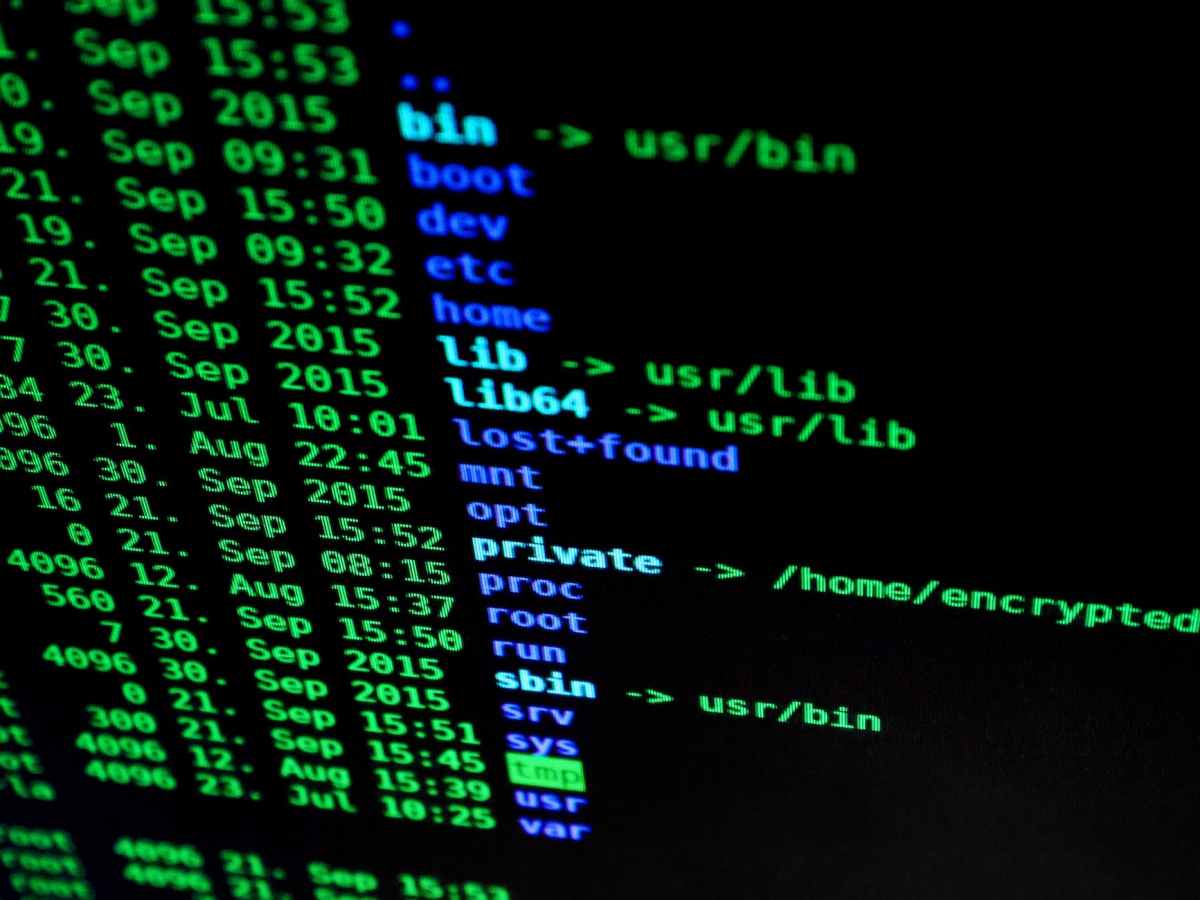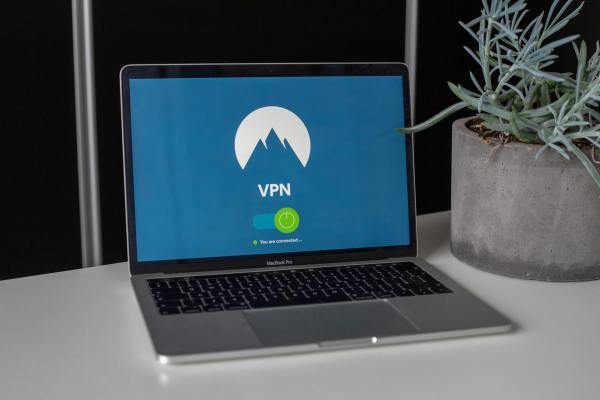What is digital identity?
By digital identity we mean all the trace of information that we leave (consciously or unconsciously) when we surf the Internet.
Directly linked to this digital identity is our online reputation, being privacy management the way in which we handle the personal information generated and published.
Since the Internet became part of our daily lives and for numerous reasons, such as the increase in the use of social networks, everything we publish, share, interact with or even visit allows us to draw our digital identity in ever greater detail.
How to protect your digital identity
But what should we take into account to protect it? Why is it so important to do so? What advice can we follow to do so?
From Incibe help us to solve these doubts regarding privacy and its relevance to help us take care of our digital identity.
Possible risks derived from not managing privacy adequately
Fraud or other negative consequences derived from the exposure or publication of personal information in certain contexts or platforms are some of the negative consequences that the incorrect management of our personal data on the Internet can have.
Some of these risks are:
- Identity theft and impersonation. Fraudulent purchases, banking transactions (such as opening accounts or obtaining credit) or other malicious actions are some of the possible consequences of suffering identity theft and impersonation.
- Extortion. The fact that sensitive information has been published on the Internet entails the risk that, if it falls into the wrong hands, it may generate harassment, threats, defamation or extortion through social networks or other digital media.
- Phishing. Phishing is a scam by which the identity of a person or organization known to the victim is impersonated in order to obtain confidential data from the victim.
- Discrimination. Particularly dangerous in certain environments or settings, the information published on certain issues (ethnicity, gender, sexual orientation, ideology, physical condition or economic status) can help to generate discrimination.
- Doxing. Something as simple as making a publication about a person on the network without their consent.
- Fraud and threats. Depending on the quantity (and ‘quality’) of information published, the manipulation and/or personalization of fraudulent messages may have greater credibility, so the chances of falling into deception increase considerably.
- Sexting. The dissemination of videos or images of a sexual nature can be a problem if the person receiving this material forwards it without consent or it can end up in other hands if the appropriate security measures are not taken.
Tips to protect privacy
Also from this organization dedicated to cybersecurity they give us a series of tips to precisely protect privacy and try to avoid the potential risks that we have just seen above:
- Do not connect to unprotected or public wifi networks because they are not secure without WPA or WEP encryption. If you must do so, make sure that they are pages with https protocol.
- Passwords with guarantees. In the following article you can follow the tips for creating and managing secure passwords.
- Use two-factor authentication if available to add an extra layer of security.
- Navigate with tools that allow you to block ads or to track the encryption of information transmitted from the sites you visit.
- Limit the information shared. Although it may seem obvious, we should not disclose highly personal information such as address, telephone number, ID number, financial data or habits and customs in places with an unproven reputation.
- Review the privacy settings of the services that you access and limit who can access this type of information.
- Keep the software of your devices updated so that hypothetical vulnerabilities do not affect your privacy.
Digital identity and technology
On the other hand, technology can help us protect our digital identity.
In the business environment, there are technological solutions (such as multifactor authentication or privileged access management) that also help to protect digital identity.
Another aspect in which technology gives us support to keep our digital identity protected are keys or access keys; that is, digital credentials that avoid us username and password and that can be biometric (such as fingerprints or facial recognition) or unlocking patterns.
Blockchain and digital identity
Speaking specifically of blockchain, the use of this technology will make the authentication and verification of digital identity simpler and easier, while preserving the privacy of users.
As explained in this article on digital identity and blockchain from the Telefónica Tech blog, “to solve the famous problem of repeating the same data in all registration processes and not knowing where or to whom we give them, with this technology, since everything is always shared, it would be possible to reuse the same identity data and provide traceability and transparency every time a user gives part or all of their data to an entity”.
For this situation to arise, it would be necessary to start from the requirement that “the companies that want to use our data are in the same blockchain network”.







